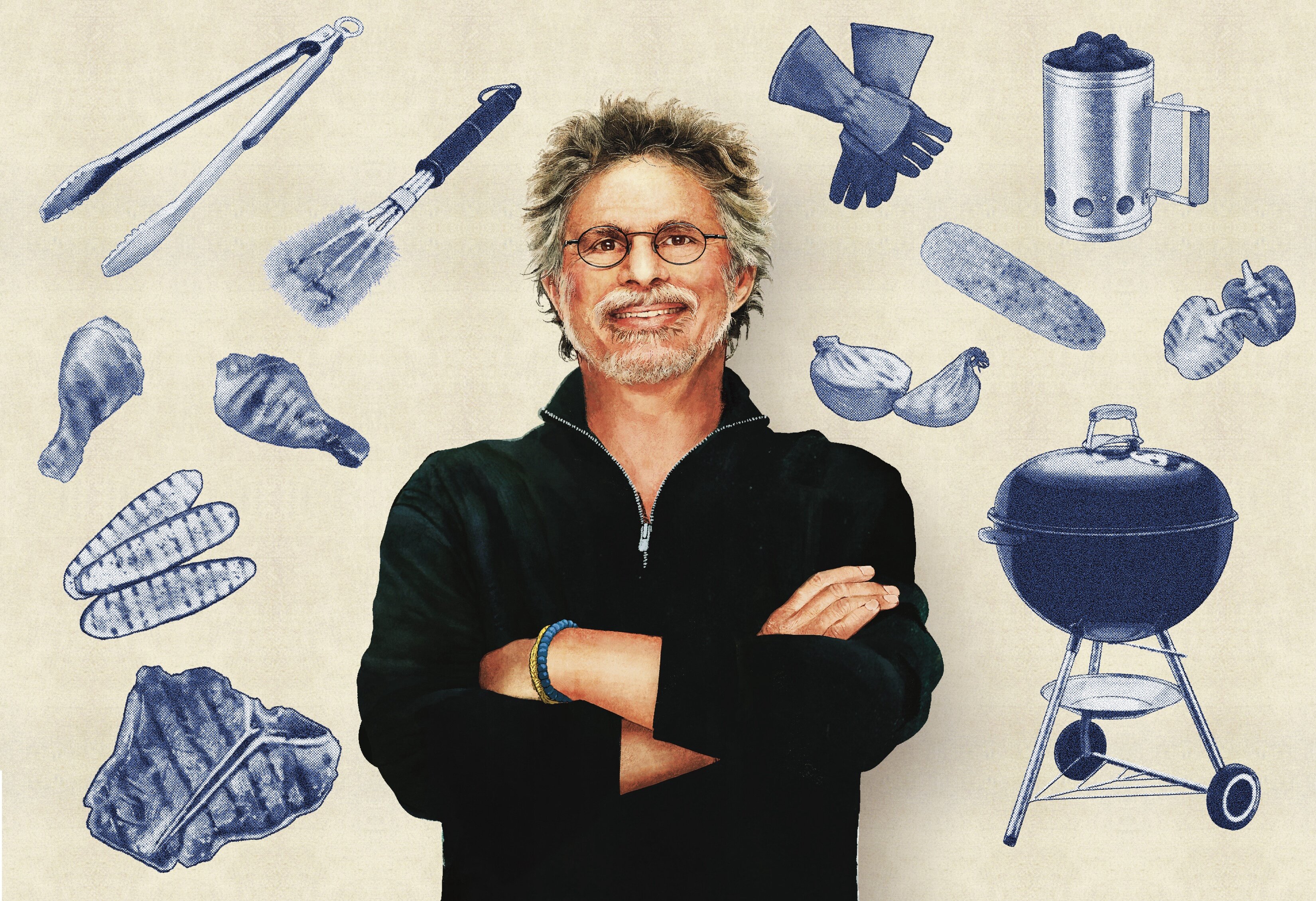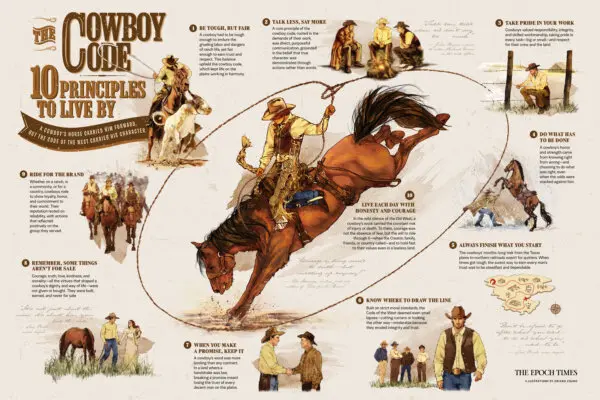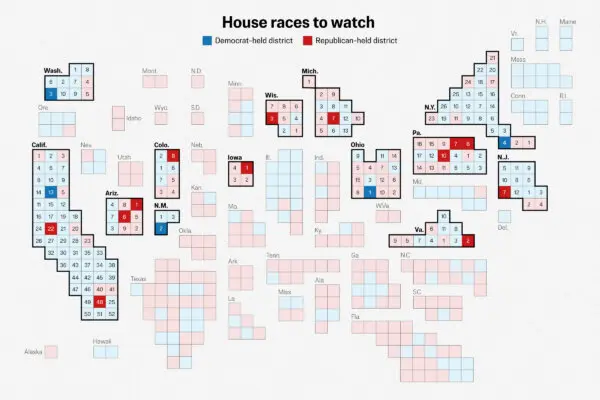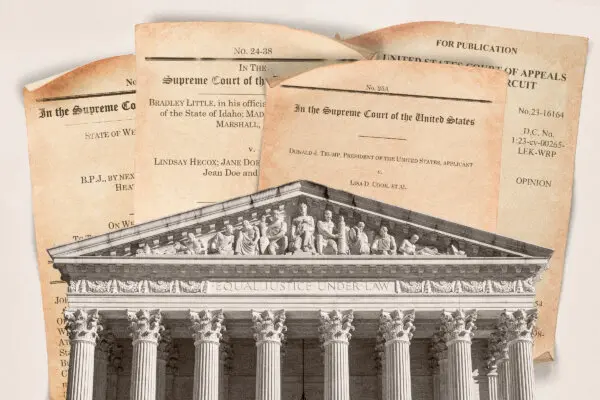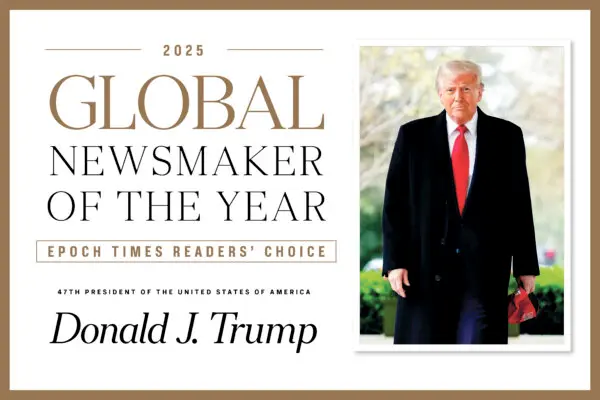Some die-hards roll out the grill in the dead of winter, but most of us know summer is synonymous with backyard grilling. But perhaps you’re a newbie or could use a refresher course before inviting the neighbors over. Who better to ask than barbecue and grilling guru Steven Raichlen?
Mr. Raichlen began his barbecue journey in 1994 with an epiphany: “I remember where I was sitting, what I was wearing, what the weather was. It was like time slowed down. I heard this voice that said, ‘Follow the fire.’”
